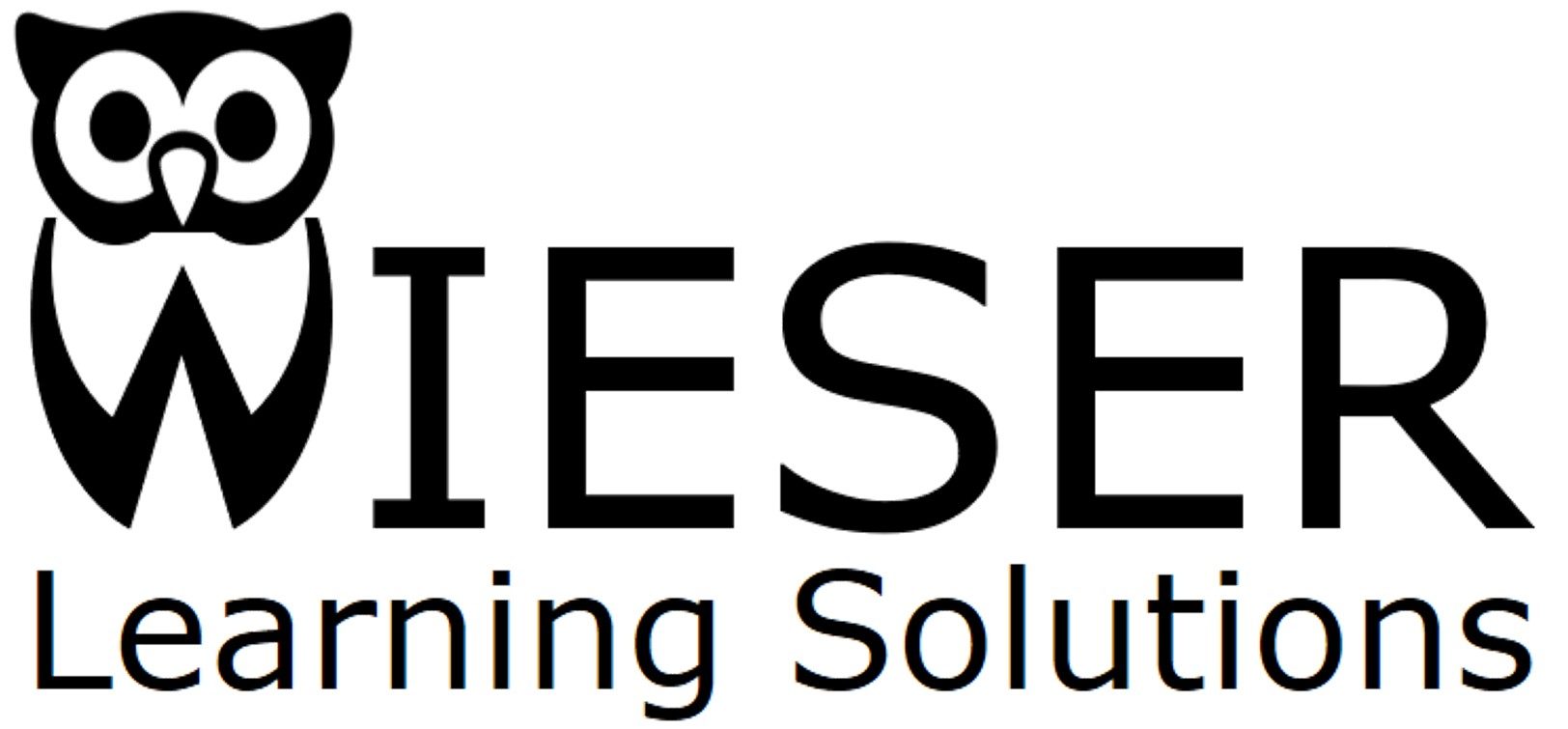
When designing learning objectives, instructional designers often refer to Bloom's taxonomy. This taxonomy consists of six levels of cognitive learning that range from lower order thinking skills to higher order thinking skills.
Here are descriptions of each level and examples of learning activities:
Remember: Learners recall information or facts that were learned during the training.
Examples:
- Multiple choice questions that assess recall of information
- Flashcards that present information to be memorized
- Drill and practice exercises that repeat information for memorization
- Audio or video recordings of lectures or presentations for review
Understand: Learners comprehend the meaning of the information they have learned.
Examples:
- Animated videos that explain complex concepts in simple terms
- Concept maps that illustrate relationships between concepts
- Interactive tutorials that allow learners to explore a topic in depth
- Collaborative discussions that promote reflection and sharing of ideas
Apply: Learners use their knowledge to solve problems or perform tasks.
Examples:
- Case studies that require learners to apply their knowledge to a real-life scenario
- Simulations that mimic real-world situations and allow learners to practice decision-making
- Interactive exercises that require learners to apply their knowledge in a practical way
- Role-playing activities that challenge learners to apply their knowledge in a simulated context
Analyze: Learners break down information into smaller parts to better understand it.
Examples:
- Scaffolding exercises that help learners break down complex tasks into manageable parts
- Collaborative discussions that promote analysis and synthesis of ideas
- Interactive multimedia that allows learners to manipulate and analyze data
- Mind maps that illustrate relationships between ideas and concepts
Evaluate: Learners make judgments about the value or quality of information.
Examples:
- Peer review activities that challenge learners to evaluate the work of others
- Socratic questioning that encourages learners to critically evaluate information
- Case studies that require learners to evaluate the effectiveness of different solutions
- Debates or discussions that require learners to defend their opinions and make judgments about the arguments of others
Create: Learners produce something new using the knowledge they have gained.
Examples:
- Project-based learning that requires learners to create a product or solution
- Collaborative group work that results in the creation of a shared artifact
- Interactive multimedia that allows learners to create and publish their own content
- Personal reflection and goal setting that encourages learners to create a plan for personal growth and development
The cognitive level of each activity used during a training depends on the purpose of the training and what the learner needs to be able to perform by the end of the training.
A training designed to build awareness around a new rule or policy, might only require lower order thinking skills, such as remembering or understanding. However, a training where learners need to operate a piece of equipment may require an application of the learning. If the learner is required to evaluate situations and create something new, the training should include activities at the higher cognitive levels.
Wieser Learning Solutions can work with your stakeholders and subject matter experts to help you determine the appropriate level of cognition for your training, set objectives to match the cognitive level of Bloom's taxonomy, and then develop aligned activities and assessments.
